HAPPY BIRTHDAY!
22 – 26 settembre 2011, Coex, Seoul
Kiaf, tra le fiere asiatiche più note quest’anno festeggia i suoi dieci anni di attività, che la fanno la decana delle manifestazioni fieristiche se si escludono Art Taipei e Art Tokyo. Insieme a CIGE, Pechino, SH Contemporary, Shanghai, Art HK, Honk Kong e Art Singapore, Singapore si spartisce infatti la scena artistica asiatica in pieno fermento. L’edizione del decennale propone circa 192 gallerie provenienti da 17 nazioni, tra cui Australia e Nuova Zelanda ma anche U.S.A. ed Europa. Non si segnalano partecipazioni di espositori italiani.
La principale fiera coreana nasce nel 2002 ad opera dell’associazione delle gallerie di Corea. L’obiettivo era quello di avvicinare un pubblico sempre più vasto e di far diventare col tempo la città di Seoul un punto di riferimento per il mercato dell’arte moderna e contemporanea dell’Asia del nord-est.
ARTFLASH Media & Installation Art è una sezione di KIAF tutta dedicata all’arte più sperimentale dedicata all’arte multimediale e alle installazioni. Le gallerie che espongono in questo settore propongono artisti che da anni producono opere in questo campo dell’arte contemporanea. Una fiera nella fiera che si propone di portare una ventata di novità nel mercato coreano. E certo l’attenzione ai nuovi media non stupisce, nella città che ha dato i natali a Nam June Paik, pioniere del multimediale.

LEE Yong-Baek, Angel Soldier No.7, 2011, C-print Diasec, 180 x 225 cm, courtesy Arario Gallery, Seoul, Pechino, Cheonan
22 – 26 settembre 2011
O-Won Building 9FL., 198-36 Kwanhun-dong, Jongro-gu
110-300 Seoul
South Korea
http://kiaf.org
comunicato stampa
KIAF, a project organized by the Galleries Association of Korea and inaugurated in 2002, was established with a mission to popularize the art market and to become a hub of the Northeast Asian art market. As time went by, KIAF started to win the involvement of increasing number of foreign art galleries, strengthening its status as an international art fair. This year, KIAF will greet their 10th anniversary. For the previous decade, KIAF saw a radical increase in sales and number of visitors. Now it has grown into an art fair that represents the whole of Korea, as well as the East Asia.
Evolution for Stabilization
The first KIAF took place in Bexco, Busan, from September 3 to 8, 2002. A hundred art galleries from eight countries participated, presenting artworks by 327 artists. Participation from foreign art galleries was weak at the time, but this fair was notable for establishing the ‘guest of honor’ system. The first guests of honor were China and Japan, and therefore the special exhibition was entitled, “Light of the East: An Exhibition of 45 Artists of Korea, China and Japan.” Unfortunately, the first fair welcomed only 18,000 visitors, since it was still not widely-known to the public, and it was held in Busan, not in the capital, Seoul.
The following year KIAF(2003, 2nd) moved to Seoul and was held at an earlier date in June at the Indian Ocean Hall of the COEX. Since this year, the Culture Ministry started to support KIAF. Compared with its first fair, the second KIAF had a much larger audience (23,000) and sales (1.8 million USD). 104 galleries including 29 foreign galleries from 9 countries participated in the fair. Yet considering the support it received from the government and civil sector, the result was still not quite satisfactory.
In 2004, the 3rd KIAF showed a more international presence and pursued active publicity. The number of foreign art galleries participating in the fair increased to 40, which was exactly double the number of the first fair, and the fair included a special exhibition entitled “International Digital Art Limited.” The guest of honor that year was Japan, and Japanese galleries and collectors in particular played an outstanding role. The year 2004 was significant to KIAF, as in this year it began to emerge as the art fair that represents the whole of Northeast Asia. KIAF assumed a central position in the art trade distribution market, after they began to trade artworks of well-established artists like Zhang Xiaogang, Wang Guangyi, Yue Min Jun, Yayoi Kusama, and so on.
In 2005, the 4th KIAF expanded its territory beyond Asia to the European art market. It was selected as the Asian regional partner for the Art Cologne event, and Germany was invited to be the guest of honor of that year. Special exhibitions were: “German Contemporary Art” and “Korea-Germany Digital Media Art,” illustrating trends of German art by presenting German contemporary paintings and media art. Many German galleries succeeded in selling artworks to Korea’s national and public art museums and individual collectors at high prices. Gallery Claudia Delank sold Gerhard Richter, Michael Schultz Gallery sold Georg Baselitz, Sigmar Polke and Seo. The Michael Schultz Gallery subsequently started a promotion in Korea, and in late 2006, it opened a branch in Cheongdam-dong, Seoul. This is evidence of the substantial international exchange that occurred in and out of KIAF. From 2005, meanwhile, an art bank system was introduced for the first time, providing a mechanism for the government to buy artworks and lend them to public institutions. The art bank took part in KIAF, selecting and buying artworks valued at about 91 hundred USD. The art bank thus played a significant role in raising the total sales of KIAF.
Get into its Stride with Prosperity
The organizing committee for the 5th KIAF knew intuitively that the Korean art market was about to explode around 2006, and quickly moved to the event to the Pacific Hall at the COEX, which was bigger than the previous venue. Two or three years from late 2005, art market in domestic and abroad faced its tremendous booming stage with feverish excitement. In this enthusiastic atmosphere, participating galleries increased by 20 percent, as 99 Korean galleries and 51 galleries from foreign countries like France, Germany, Spain and Japan. The number of spectators leaped to more than 50,000, and sales reached almost 7 million USD. This year, France was the guest of honor in celebration of the 120th anniversary of Korea and France creating diplomatic ties, and an exhibition on French contemporary art was held under the title, “Paris-Seoul.” Sadly, only eight French galleries participated in the fair while 15 German galleries did actively participated following on the success of the year before. The art market both in Korea and outside had notably praised German artists of neo-realism and neo-expressionism such as Anselm Kiefer, Georg Baselitz, A. R. Penck, Sigmar Polke and Julian Schnabel. Meanwhile, reflecting younger tastes, pop art pieces started to be in favor.
In-line with the rapidly heating art market, the 2007 6th KIAF fair doubled its size occupying both the Pacific Hall and the Indian Ocean Hall, and the number of participating galleries surged. A total of 208 galleries including 116 Korean galleries, 17 Spanish, 28 German and 21 Japanese galleries attracted 64,000 visitors. The 2007 KIAF showed amazing sales amounting to 16 million USD. A key factor of this growth came from the art bank, which was used to buy artworks at several art fairs, including MANIF, the Seoul Art Fair and CIPA; however, a policy change in 2007 excluded MANIF and this increased KIAF budget by five times, to 635 thousand USD.
The guest of honor in 2007 was Spain. The fair enjoyed amicable atmosphere than ever, perhaps because Spain’s art fair, ARCO, presented Korea as its own guest of honor. In the special exhibition, “A New Contemporary Art of Spain: Suggestion,” Spanish curator Toni Berini introduced 15 young Spanish artists. Another special exhibition, “What Mr. C Cannot Have,” presented experimental artworks, rarely seen in the ordinary art market, by Jewyo Rhi, Minouk Lim, Haegue Yang, Chung Seo Young, Sung Hwan Kim, Rho Jae Oon and Kim Beom; these are who are known as ‘biennale artists,’ and this special exhibition was presented in a context similar to “Art Unlimited” at Art Basel.
Other innovations included a VIP Lounge crafted by the artist Jeonghwa Choi, hailed as something different from events of other art fairs.
The 7th KIAF in 2008 was held from September 19 to 23 at the two halls in COEX, with 218 galleries from 20 countries (116 Korean and 102 foreign) presenting more than 6,000 artworks by some 1,500 artists. The biggest issue was the change in timing, as it has moved from May to September, in order to offer programs related to Busan Biennale, Shanghai Art Fair and Art Taipei. Another reason for the seasonal change was to attract acclaimed foreign galleries to the fair. In the first half of the year these galleries have no room for Asian art fairs, as they focus on preparations for major auctions at Sotheby’s and Christie’s.
When KIAF moved to fall, the number of participating foreign galleries increased from 92 (2007) to 102, and the level of the galleries in terms of reputation rose highly. In particular, most of the galleries participating in the events hosted by Switzerland, the guest of honor who represented Swiss contemporary art exhibition, are acclaimed galleries that also take part in Art Basel. Another factor influencing KIAF’s growth is that Korea, one of the only places in the world that do not levy a tariff on artwork, has a customs-free policy. (Only 10 percent customs duty is levied on Photography)
Meanwhile, an exhibition for Korean mid-career artists, “A Moonlight Garden” as well as programs to support young artists such “Seoul-Berlin’ and ‘KIAF Finds Hidden Treasure’ were newly launched. They witnessed an audience of more than 60,000.

Germán GÓMEZ , De padres y de hijos.
Estudio VI-IV. Unique Piece, 2010,
C-print on iron sheet and metallic rivets, 170 x 100 cm,
courtesy Galeria Fernando Pradilla, Madrid
Blessings in Disguised Art Market
Worldwide depression and a change for the worse art market started since late 2008 made the 8th 2009 KIAF quite nervously. Only 168 galleries including 122 domestic galleries and 46 from countries are participating, down from 218 previous year and 208 in 2007. Nevertheless, KIAF appointed India as the honored guest country so that they could introduce Indian contemporary art, which is less familiar than European art. They presented special exhibition and lecture on Indian art in nowadays under the direction of Gayatri Sinha, who is a globally renowned independent curator and art critic. The exhibition titled “Failed Plot” showed works of 14 participating artists whom include Tejal Shah and Chitra Canesh. Artists such as Kim Whan Ki, Lee Joong Seop, Park Seo Bo, and Kim Tchang Yeul with over 70 pieces of paintings were shown through “Modern Boy, Modern Girl-Korean Contemporary Art, Modernism and Modernity,” Korea Special Exhibition. These two well curated exhibitions and its unique display offered fresh impression to the visitors. On contrary, the sales result was not satisfactory, yet, it was not disappointing outcome as compared with economic crisis. The number of visitors reached around 56,000
Last year’s KIAF, the 9th 2010 KIAF saw participation by 193 galleries from 16 countries, showing signs of a business recovery. Recent art from the UK, a country that is performing leading roles in contemporary art, was chosen as the guest country, attracted visitors’ interest. A total of 14 galleries from the UK took part in range from those with a rich tradition of 40 years to newly emerging galleries. More than that, their academic program was remarkably the man in the news as they invite Hans Ulrich Obrist, at the Serpentine Gallery, Frances Morris, Head of Collections at Tate Modern, and Daniel Birnbaum, Director of the most recently held Venice Biennale. It is said the Fair had been more successful than Art Taipei and ShContemporary.
Upcoming the 10th 2011 KIAF will cenlebrate its 10th annoversary with Australia as Guest Country of Honor. They expect 190 galleries will participate. It is easy to congratulate their 10 years achievements, but it is not a simple problem talking about their future or proposing how to do better. There are roughly 20 art fairs, 12 auction houses, 10 international biennales and 700 galleries in Korea. To rival in Hong Kong more aggressively, they should carry out more creative plans including invite guest countries such as US and more following their previous idea and go move ahead with tempting reputed foreign galleries.

KIM Joon , Moet Chandon, 2010, Digital Print, 210 cm x 120 cm, courtesy Art Link, Seoul



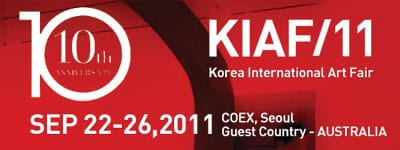



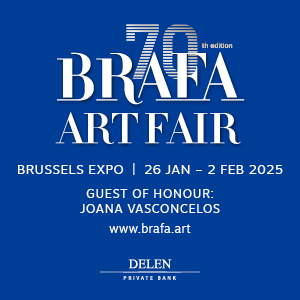

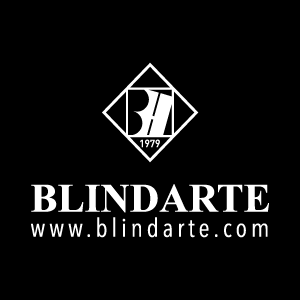
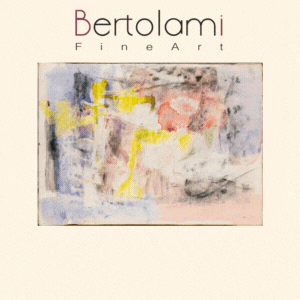
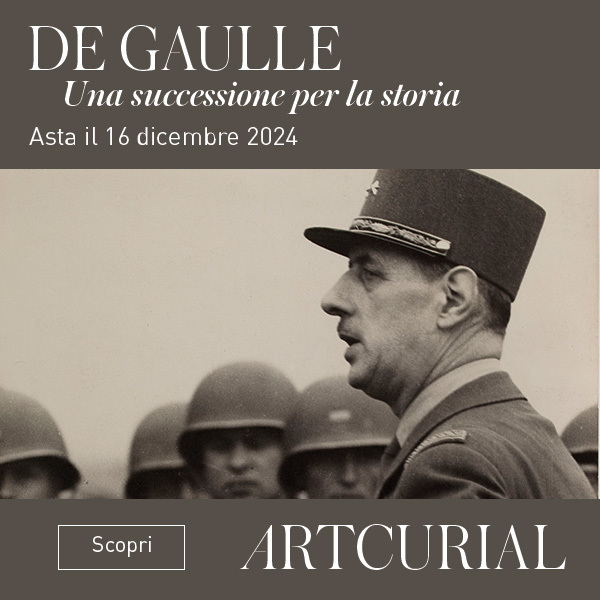
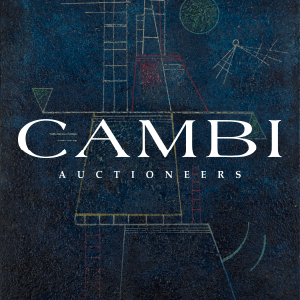


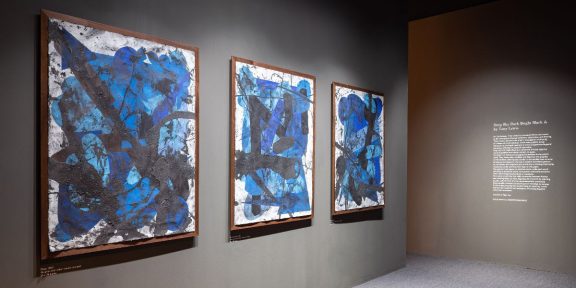

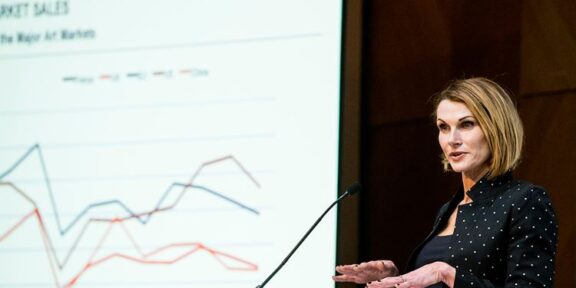
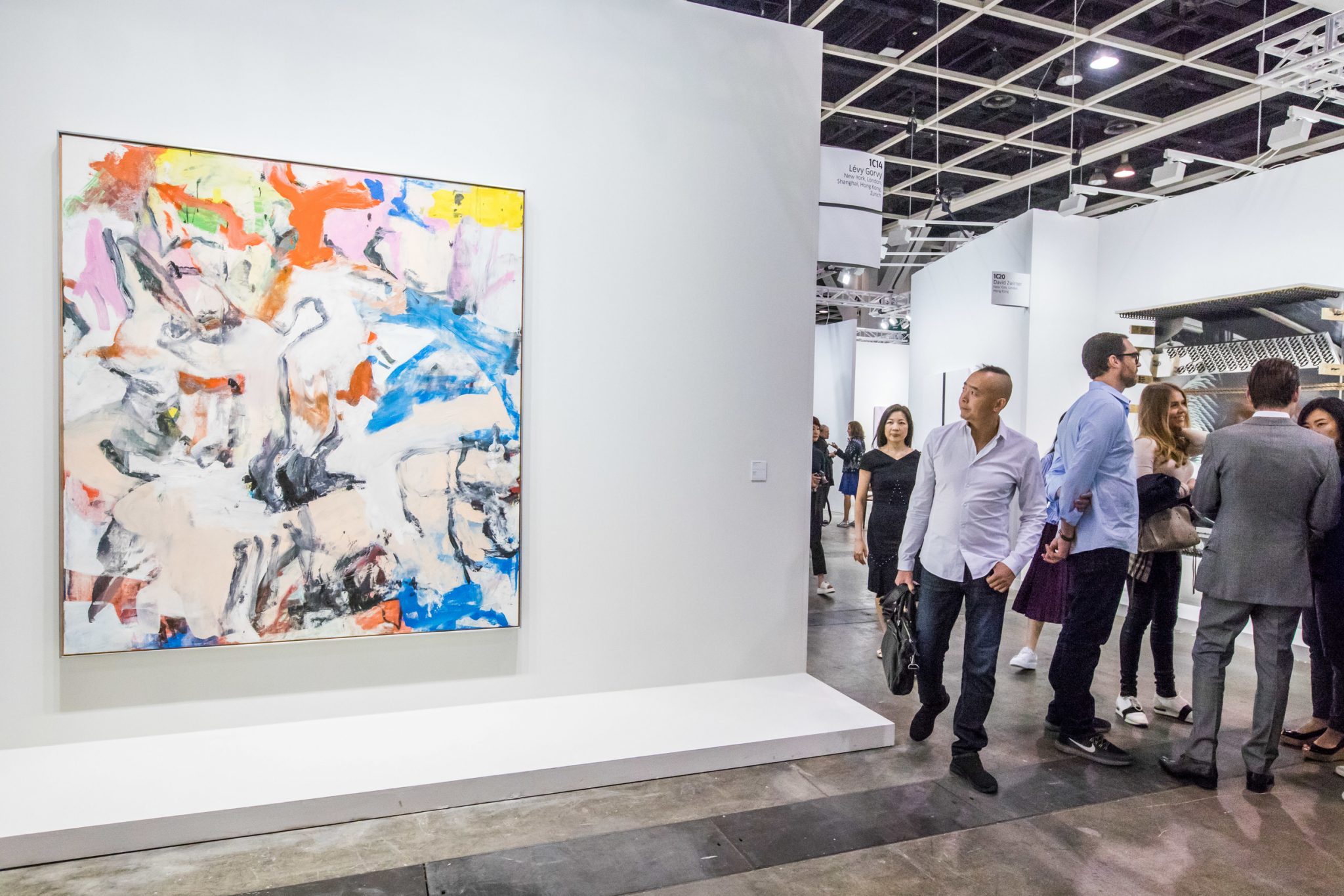

2 Commenti
This design is incredible! You obviously know how to keep a reader entertained.
Between your wit and your videos, I was almost moved to start my own blog (well, almost.
..HaHa!) Wonderful job. I really enjoyed what you had to say, and more than that, how you presented it.
Too cool!
I’m extremely pleased to uncover this website. I need to to thank you for ones time just for this fantastic read!! I definitely liked every bit of it and I have you saved as a favorite to look at new stuff in your web site.